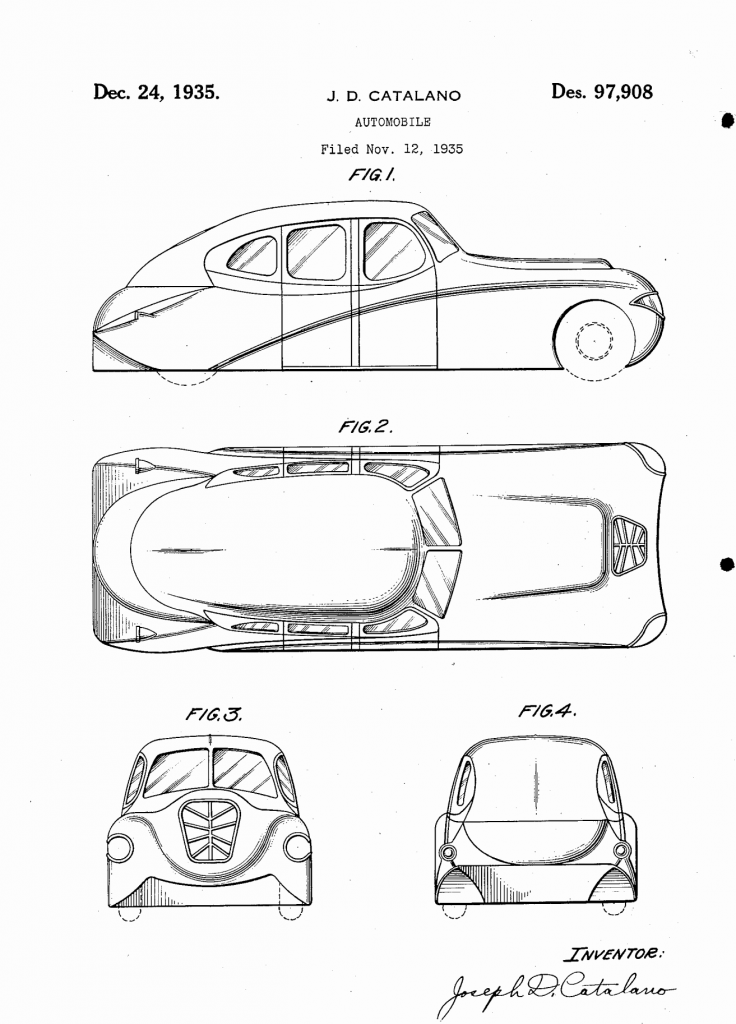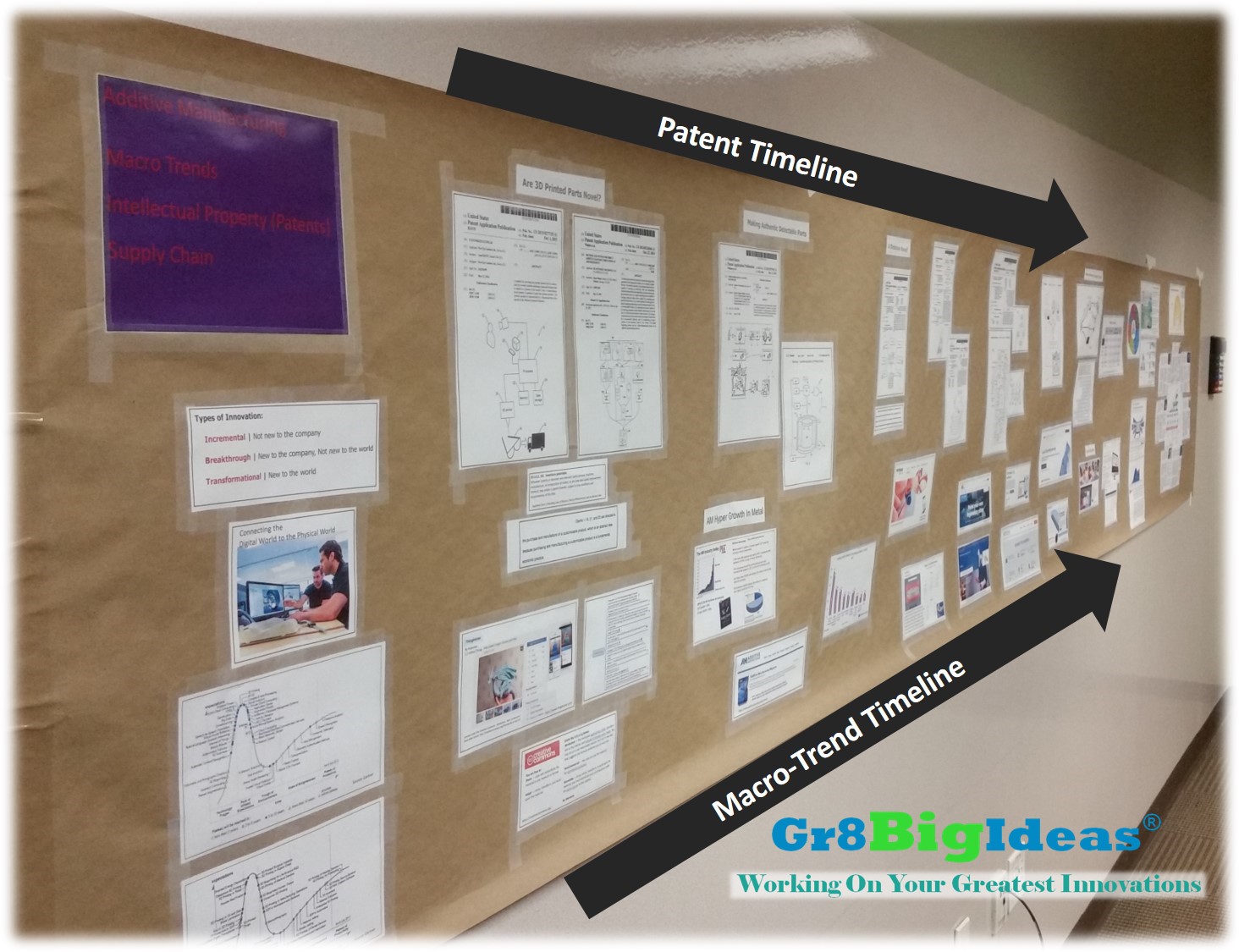When creating a pitch deck for investors, it is important to include information about your company's intellectual property (IP) as part of your overall strategy. Here are a few tips to help you effectively include IP in your pitch deck:
1. Clearly explain the value of your IP: Make sure your investors understand the value of your IP and how it sets your company apart from competitors. Explain the specific benefits of your IP, such as the ability to protect your products and services from infringement, or the ability to license your IP to generate revenue.
2. Highlight any patents or trademarks you own: If your company has any patents or trademarks, make sure to include them in your pitch deck. These types of IP can be valuable assets for your company and can help to attract investors.
3. Demonstrate how you will protect your IP: It is important to show investors how you plan to protect your IP, such as through patents, trademarks, or trade secrets. Explain the steps you will take to safeguard your IP, such as regular monitoring for infringement or working with legal counsel.
4. Show how your IP fits into your overall business strategy: Your IP should be integrated into your overall business strategy. Explain how your IP will help you to achieve your business goals, such as increasing revenue or expanding into new markets.
5. Provide examples of similar success stories: If there are any companies that have successfully used IP to grow their business, use them as examples to show investors how effective IP can be.
6. Be prepared to answer questions about your IP: Investors may have questions about your IP, so be prepared to answer them. Make sure you are familiar with the details of your IP portfolio and can explain how it will benefit your company.
Including IP in your pitch deck can help to demonstrate the value of your company and attract investors. By following these tips, you can effectively communicate the importance of your IP and how it will help your company to grow and succeed.
Providing intellectual property services tailored to startups, entrepreneurs, and innovative companies is what we do.
+ Drafting & prosecuting patent applications
+ Patent more, pay less | Low-cost fixed-fee bootstrap model
+ Create an In-house patent creation capability
+ Company-wide IP program
+ Patent strategy that is connected with business development
+ Embedding with innovation & technical teams
+ Facilitated workshops for idea & invention capture
+ Identify competitive advantage opportunities through patent & macro trend landscapes
+ Mentoring & collaborating with your technical talent to create IP
+ On-call to discuss innovation & inventing for free
Replace your current by-the-hour-law-model with a predictable flat-fee-for-service model.
Schedule Time To Discuss Your Needs
Follow on LinkedIn.com/Company/Gr8BigIdeas/
#bootstrap #patents #patentengineering #startups #entrepreneurship #entrepreneurs #breakthrough #intellectualproperty #corporateinnovation #innovation #productdevelopment














